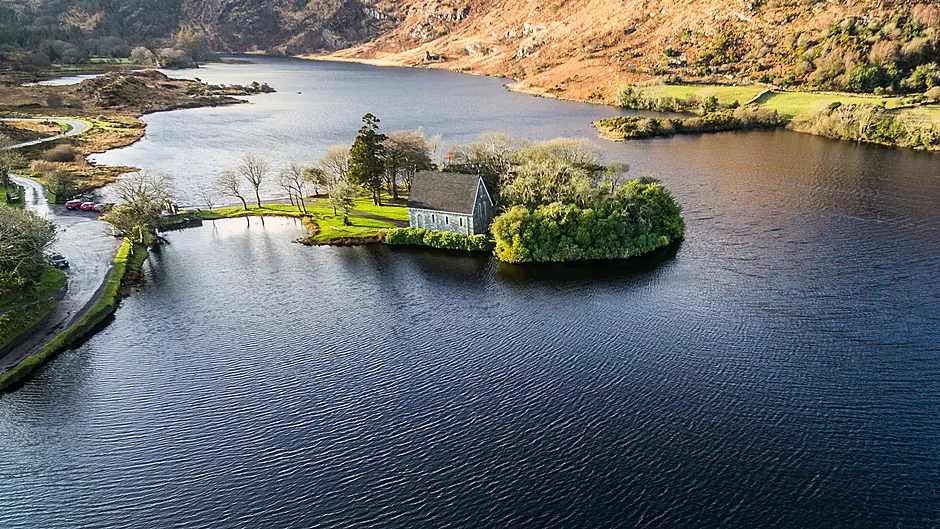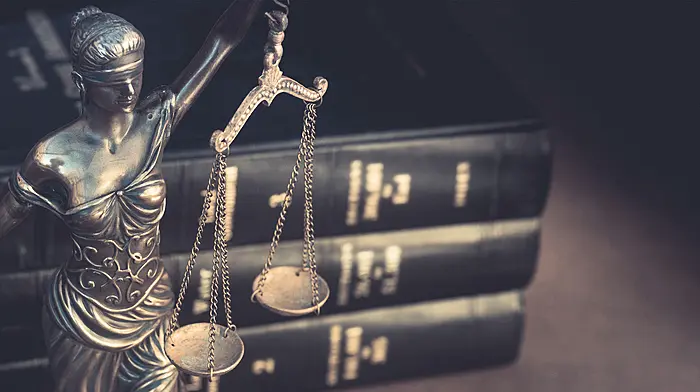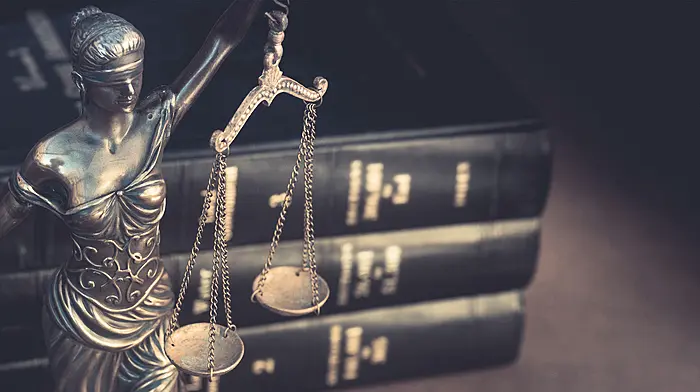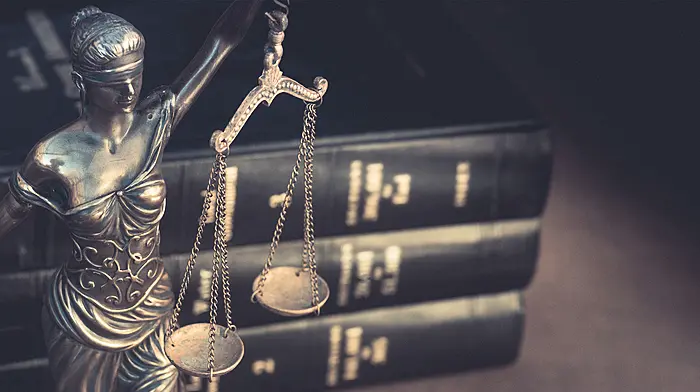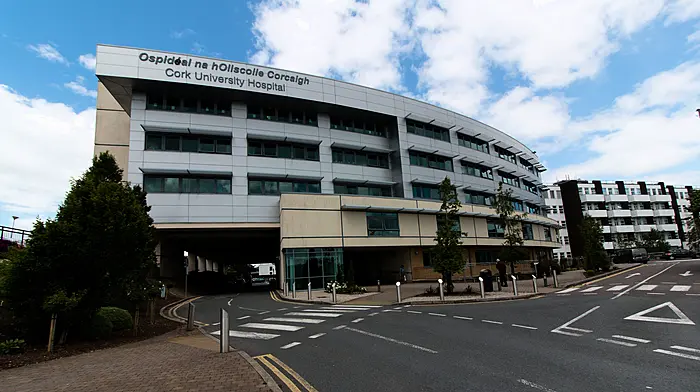This weekend, many loved-up couples will stroll through the stunning landscape around Gougane Barra’s lake.
But how many will be aware of its rumoured turbulent and slippery past, wonders Robert Hume?
GOUGANE Barra has long been one of West Cork’s most beautiful spots and is a popular Valentine’s Day walking destination to this day, but the tranquil surroundings mask a sinister past.
The allure of the area has been noted for hundreds of years. In 1826, Ballinhassig poet Jeremiah Joseph Callanan described ‘a thousand wild fountains’ flowing down to the lake from their mountain home.
Michael Doheny, who helped found the Irish Republican Brotherhood, was enchanted by its ‘lonely loveliness’ in summer 1848, while a decade later Cambridge schoolteacher George W Asplen stood captivated by ‘the sweet sublimities of mountain, wood and water’.
An early edition (October 3rd 1896) of this newspaper suggested that the steep mountains had been placed there to protect the pretty spot from ‘the intrusion of the world beyond’.
Today’s travellers can enjoy the added attractions of a walk in the National Forest Park, and locally-sourced food or a comfortable bed at the award-winning lakeside Gougane Barra Hotel.
But there is a darker element to Gougane Barra.
‘When the winds sigh and the rain pours, those hills seem dark and angry,’ continued the Southern Star. American librarian and novelist Burton E Stevenson recorded in 1913.
‘There is something indescribably savage and threatening about that dark sheet of water, shadowed by gloomy cliffs, bare of vegetation,’ he added.
Indeed, Gougane Barra has a sinister past. Long ago, in the 5th century – as the story goes – when Saint Patrick was hunting down Ireland’s snakes, and driving them over the mountains out to sea, he forgot about one, because it had hidden itself away so well. The beast in question was a fiery péist called Lú.
Whether male or female, sources disagree, but it possessed the head of a dragon. Lú kept very quiet in Gougane Barra while Saint Patrick was alive, but soon after he died it came out of hiding and began to cause havoc, as Finbarr, the local priest, knew only too well.
Joseph Stirling Coyne (Scenery and Antiquities of Ireland, 1842) has recorded the details. ‘There was living at that time, snug and comfortable, down in the bottom of the lake a big eel ... a wicked old enchanter ... he used to divert himself now and then with a walk upon the green shores of the lake, and those that saw him at these times said that he had the ears and mane of a horse, and was thicker in the waist than a herring-cask.’
In 1937, a pupil at Shelbourne School at Gortrooskagh in Co Kerry, noted down a particularly vile incident. ‘One day he devoured a man, and [Finbarr] happened to be present. He took out his book and prayed, the serpent appeared, and vomited up the man.’
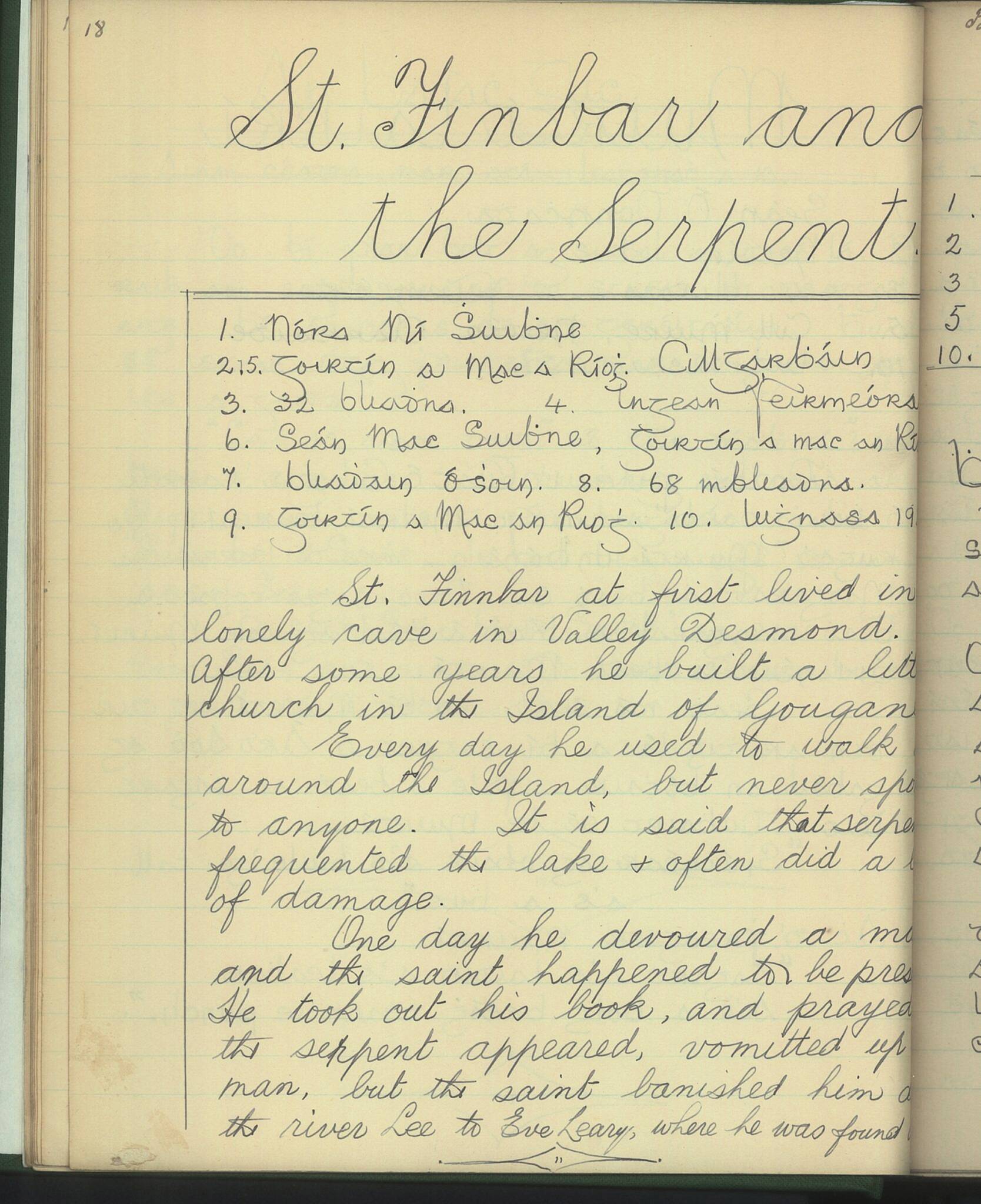 A pupil at Shelbourne School in Kerry retells the serpent story in the 1937 schools’ archive collection.
A pupil at Shelbourne School in Kerry retells the serpent story in the 1937 schools’ archive collection.
The inhabitants of Gougane Barra begged to be saved from the monster. Hearing their prayers, the saints pitied them, and promised to give Finbarr the power to slay the wretch, provided he built a church on the spot where the lake met the sea.
‘One fine Sunday’, continued Coyne, ‘after Fineen had finished saying mass in his little chapel, and was scattering the holy water over his congregation, all of a sudden the old eel popped up out of the lake, and thrusting his long neck and head into the chapel window, caught hold of the silver holy water cup between his teeth, and without so much as by your leave, walks off with it into the water … In half a minute every mother’s son had run down to the waterside, pelting him all round the lake.
‘But the rogue only laughed at their endeavours, till St Fineen himself came out of the chapel, dressed in all his vestments, ringing the mass-bell as hard as he could. Well, no sooner did the eel hear the first tinkle of the blessed bell than away he swam for bare life out of the lake into the river …’
As Lú slivered along at great speed, its huge tail carved out a valley. The lake water rushed into the channel, creating a river, while the stones thrashed up in the process formed an island. Finbarr chased the creature and eventually he captured it, and cut it into two just before Inniscarra, where the river forks.
To fulfil his promise, Finbarr duly built a church in Cork, where the river met the sea. Then he returned to the island, where he lived the rest of his days in a cell as a hermit.
Every September on his feast day, pilgrims flock to Gougane Barra to say prayers and bless themselves with water from his holy well. But even these commemorations have had their darker side.
 A statue of Lú the famous lake serpent, at the nearby Gougane Barra Hotel.
A statue of Lú the famous lake serpent, at the nearby Gougane Barra Hotel.
On an excursion to the beauty spot in 1821, Cork antiquary Thomas Crofton Croker was shocked to observe that the well and chapel were crowded with people drinking, blaspheming and fighting, how side by side with pious pilgrims were ‘drunken men and the most depraved women’.
No more sightings of any serpents at Gougane Barra. But to this day Lú’s black blood is said to darken the waters of the lake!
• For more on West Cork’s many lake monsters, see the latest edition of The Big Story at southernstar.ie

